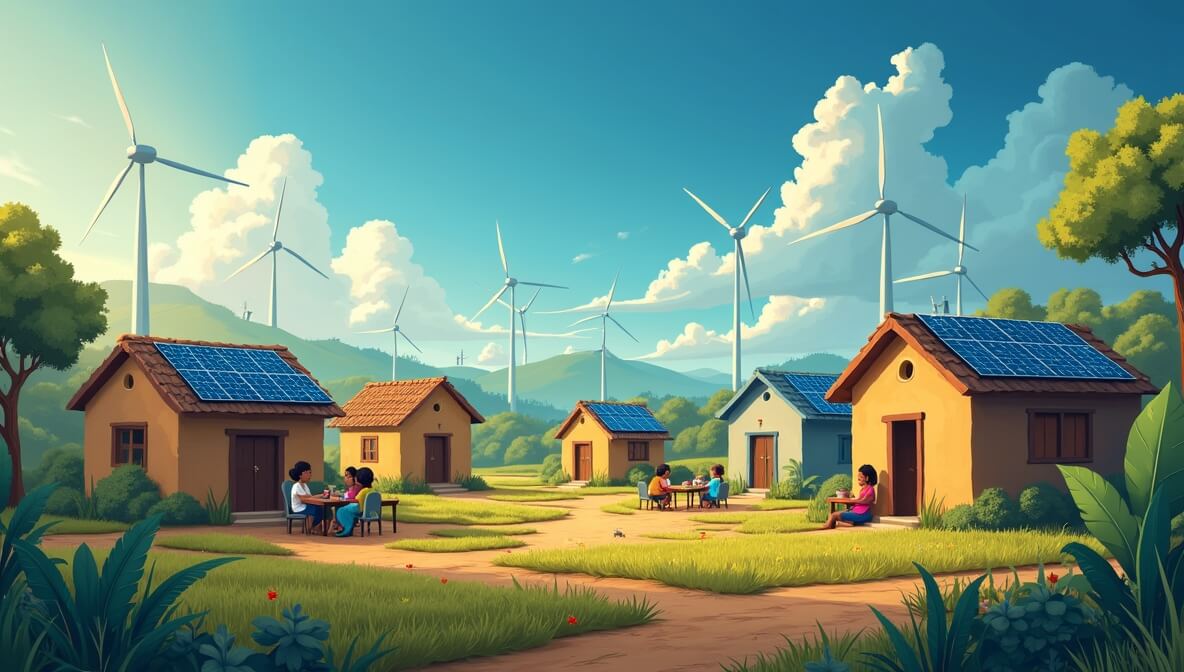September 05, 2025

Access to energy is about more than flipping a switch — it's about unlocking human potential. Reliable electricity opens the door to learning, health, work, safety, and economic resilience. Yet for over 700 million people around the world — mostly in Sub-Saharan Africa and South Asia — this basic necessity remains out of reach (source).
As the world tackles both inequality and climate change, clean energy access is a powerful tool for sustainable poverty reduction.
Energy poverty is a root cause of broader development challenges. Without electricity:
More than 2 billion people still use polluting fuels like wood and charcoal for cooking, leading to indoor air pollution, deforestation, and increased carbon emissions (World Health Organization).
Clean, renewable energy — such as solar, wind, hydro, and sustainable bioenergy — is transformational in underserved communities. Unlike grid infrastructure, which can take years to develop, decentralized energy systems (like solar home systems or microgrids) can be deployed quickly and cost-effectively.
Here’s how energy access supports long-term development goals:
Access to clean cooking fuels and electricity dramatically improves safety, health, and opportunity — reinforcing themes explored in The Role of Women’s Empowerment in Poverty Reduction.\
In off-grid or hard-to-reach areas, decentralized renewable energy systems offer a faster, cleaner, and often cheaper alternative to fossil-fuel expansion. Options like:
are already making a difference.
These solutions don’t just reduce emissions — they support climate resilience and community self-sufficiency. They also tie into environmental action efforts, such as Simple Ways to Reduce Your Carbon Footprint and The Importance of Composting.
Achieving universal clean energy access is the goal of SDG 7 under the UN’s Sustainable Development Goals. But reaching this target requires:
Community-based programs and nonprofits play a key role, just like in nonprofit-led education equity and mentorship programs for youth.
You don’t need to be a policymaker or engineer to make a difference. Here are simple ways to support energy equity:
Energy access is foundational — not just for economic growth, but for human dignity and equity. Clean energy offers one of the clearest paths to a future where every child can study at night, every clinic can save lives, and every household can cook without fear.
When we power up communities, we don’t just light homes — we power possibility.
Stay up to date with the latest tips, expert insights, product reviews, and step-by-step guides to help you grow, create, and succeed—no matter your industry or passion.